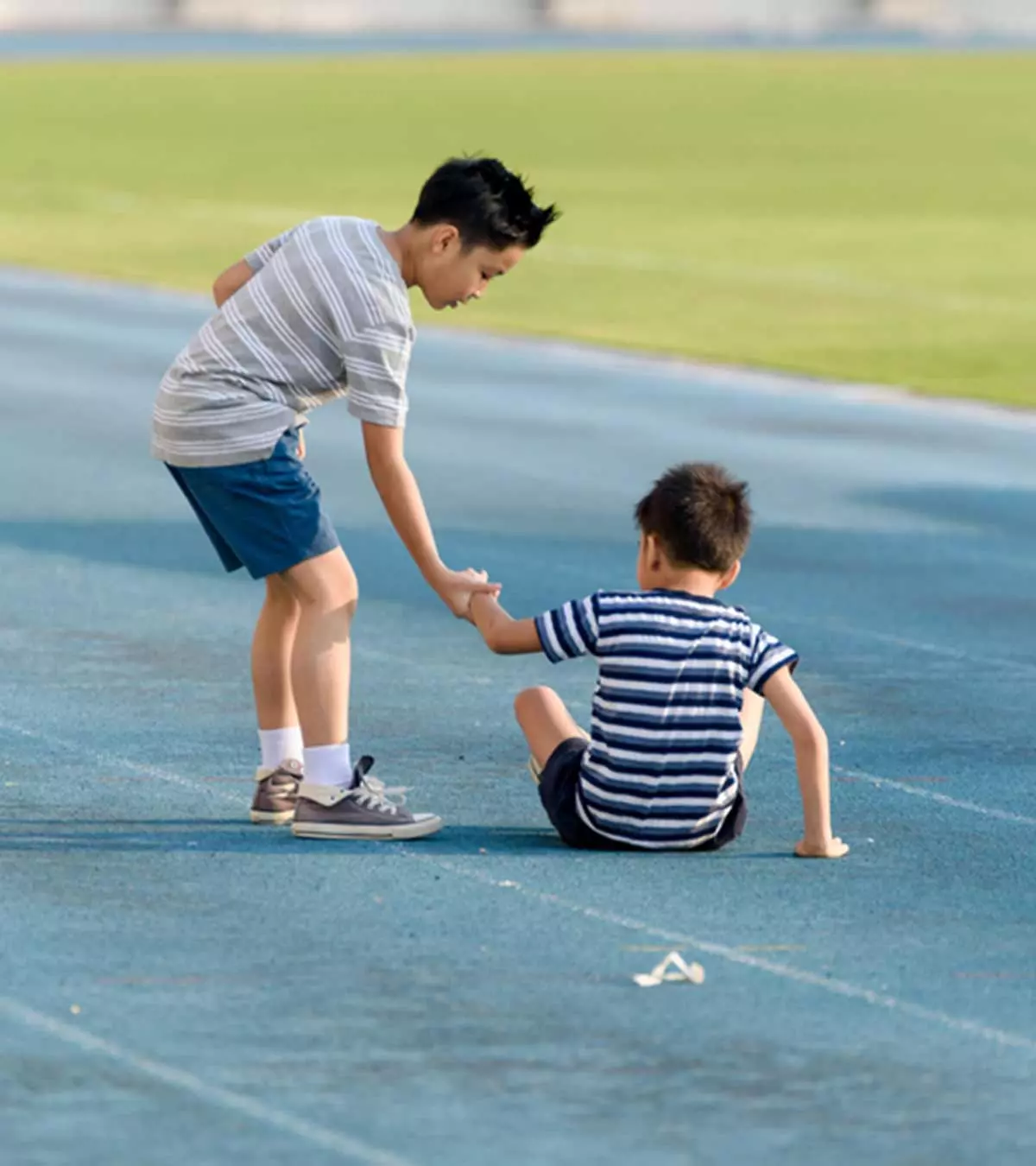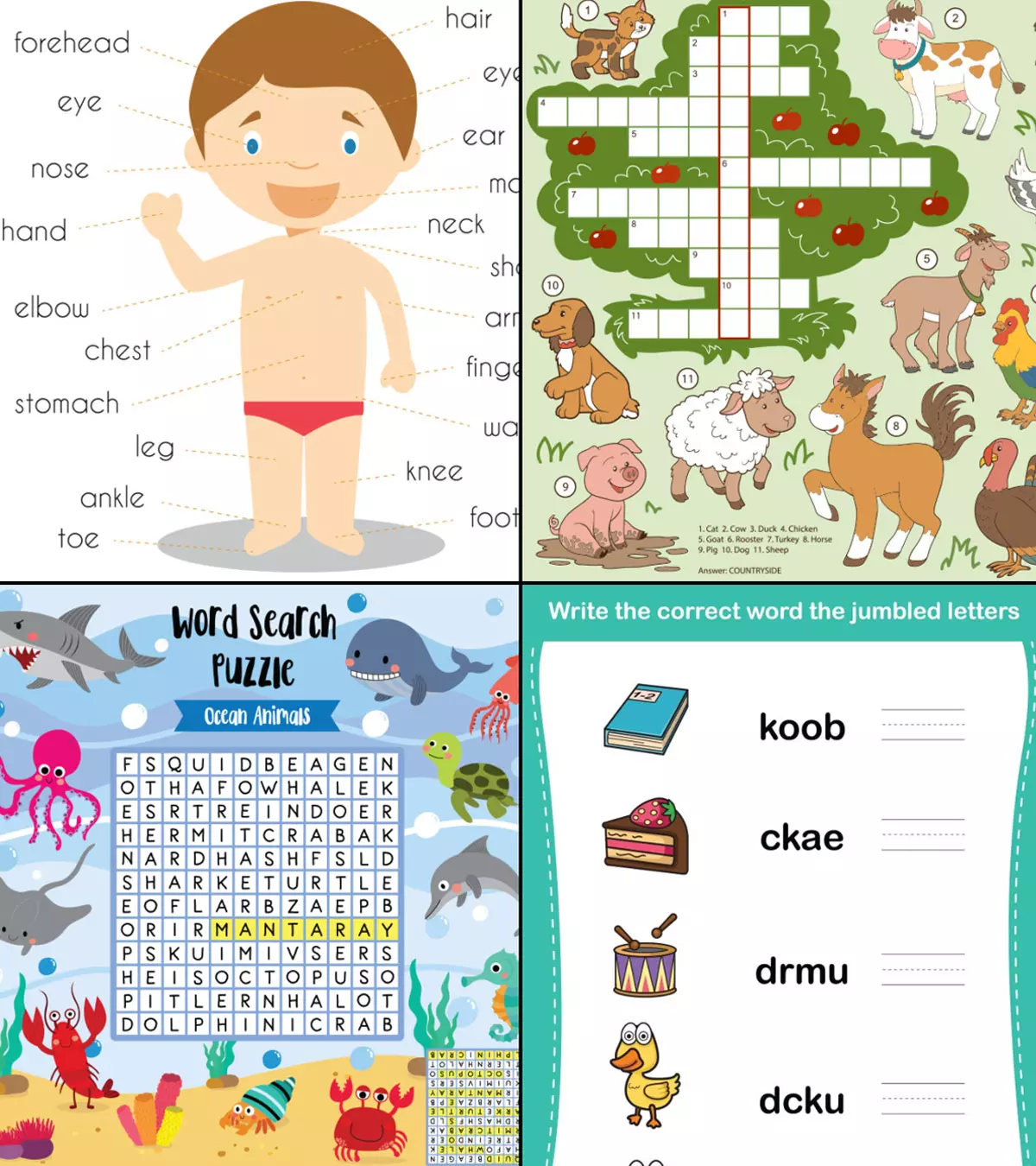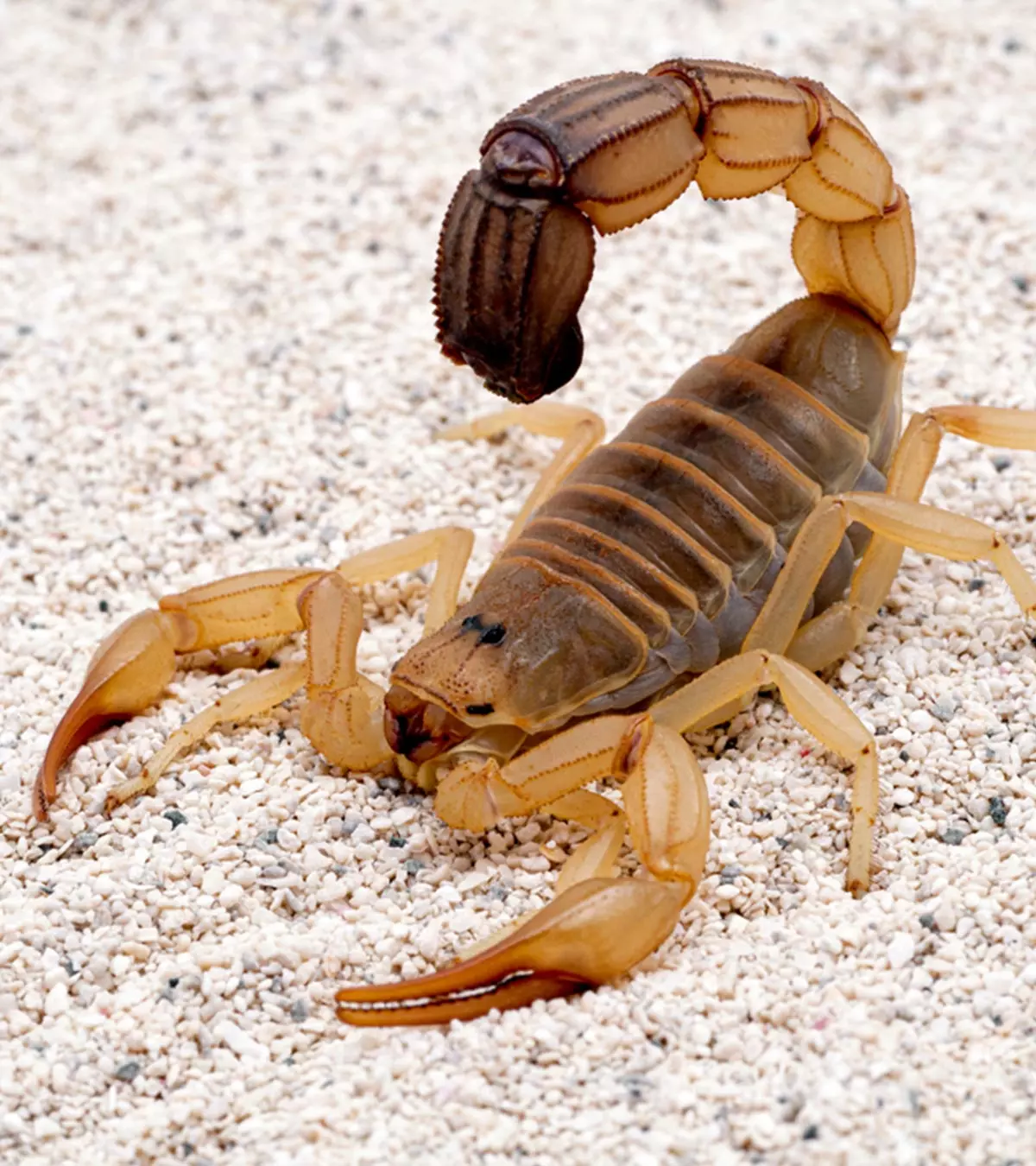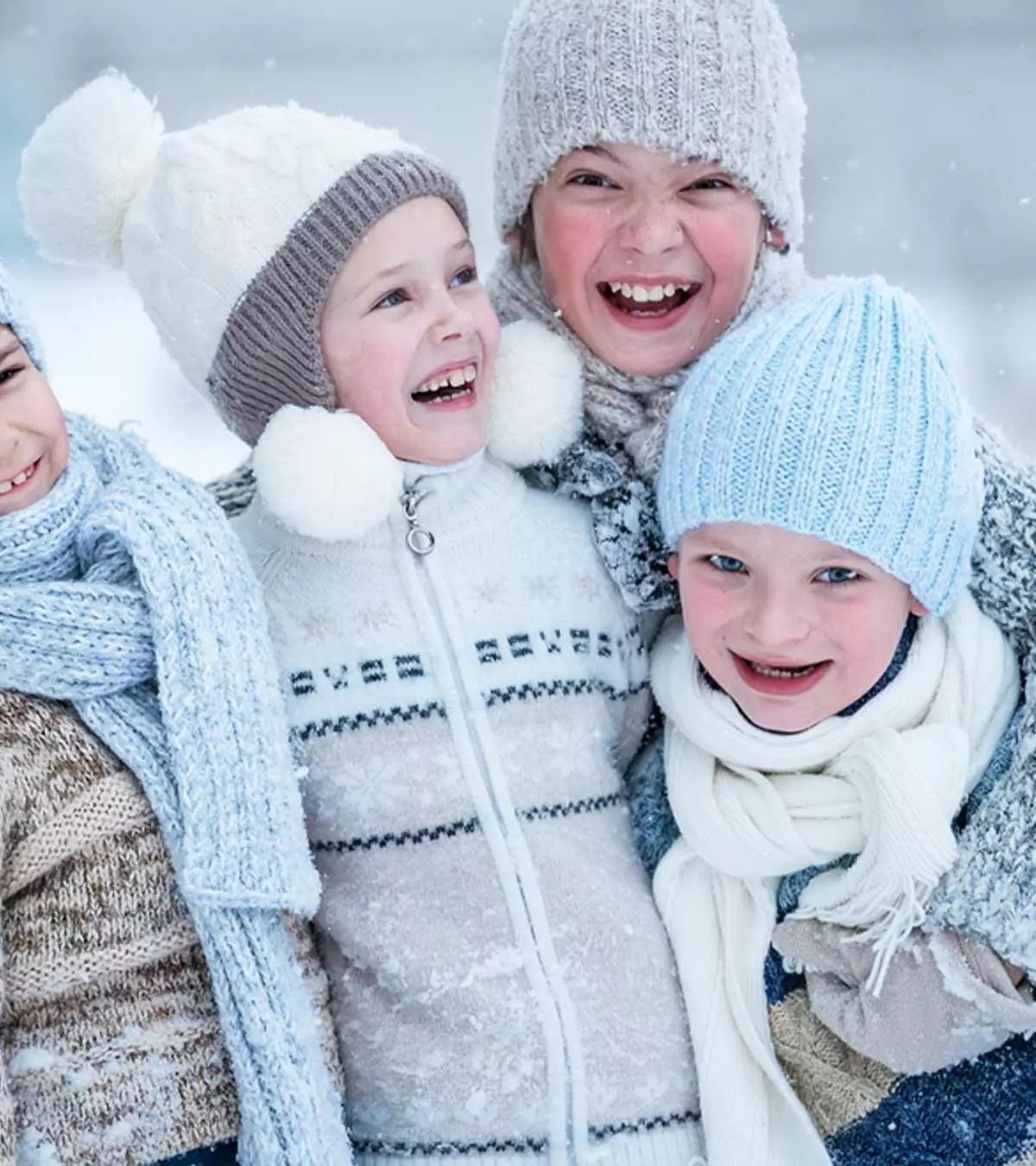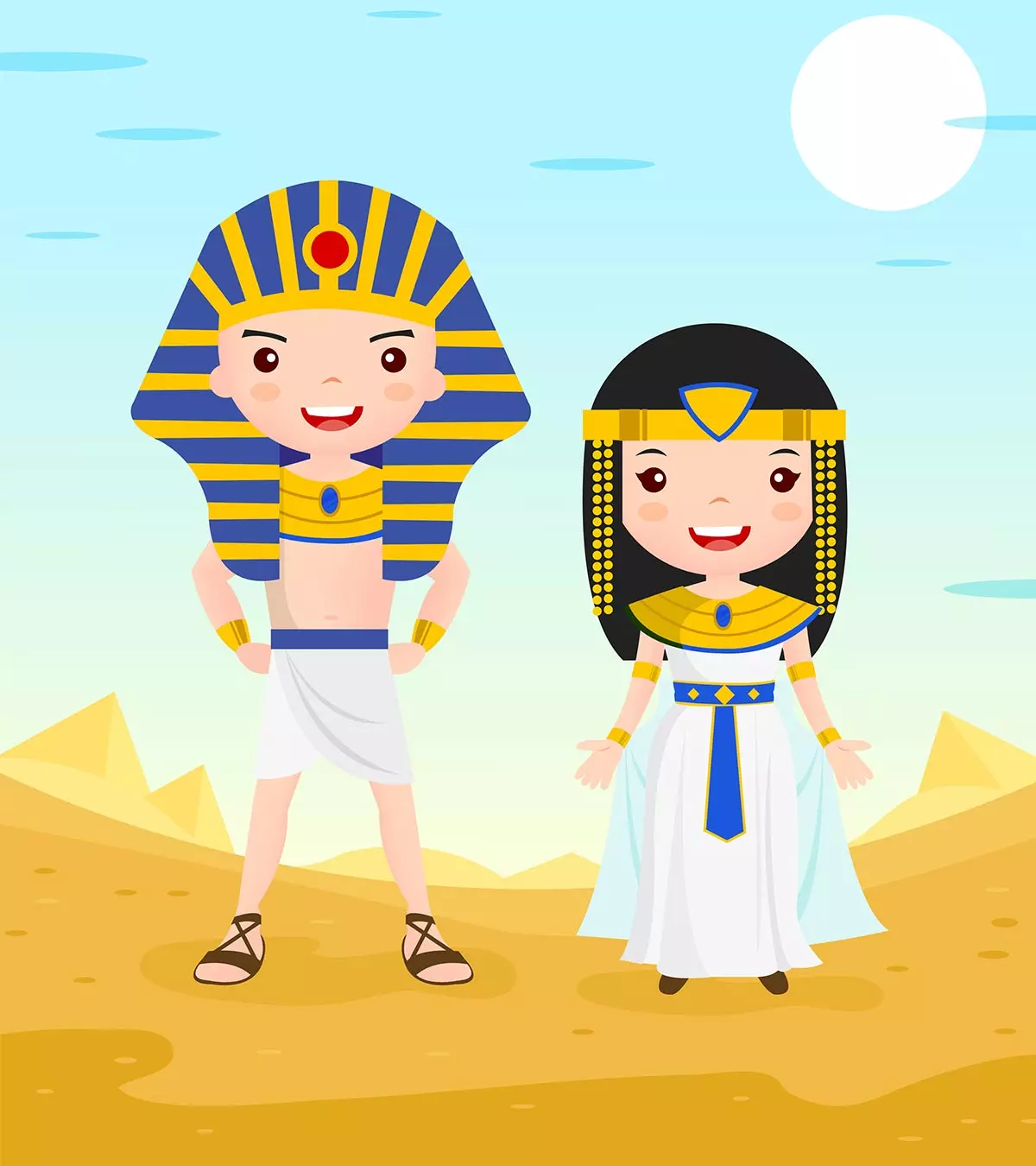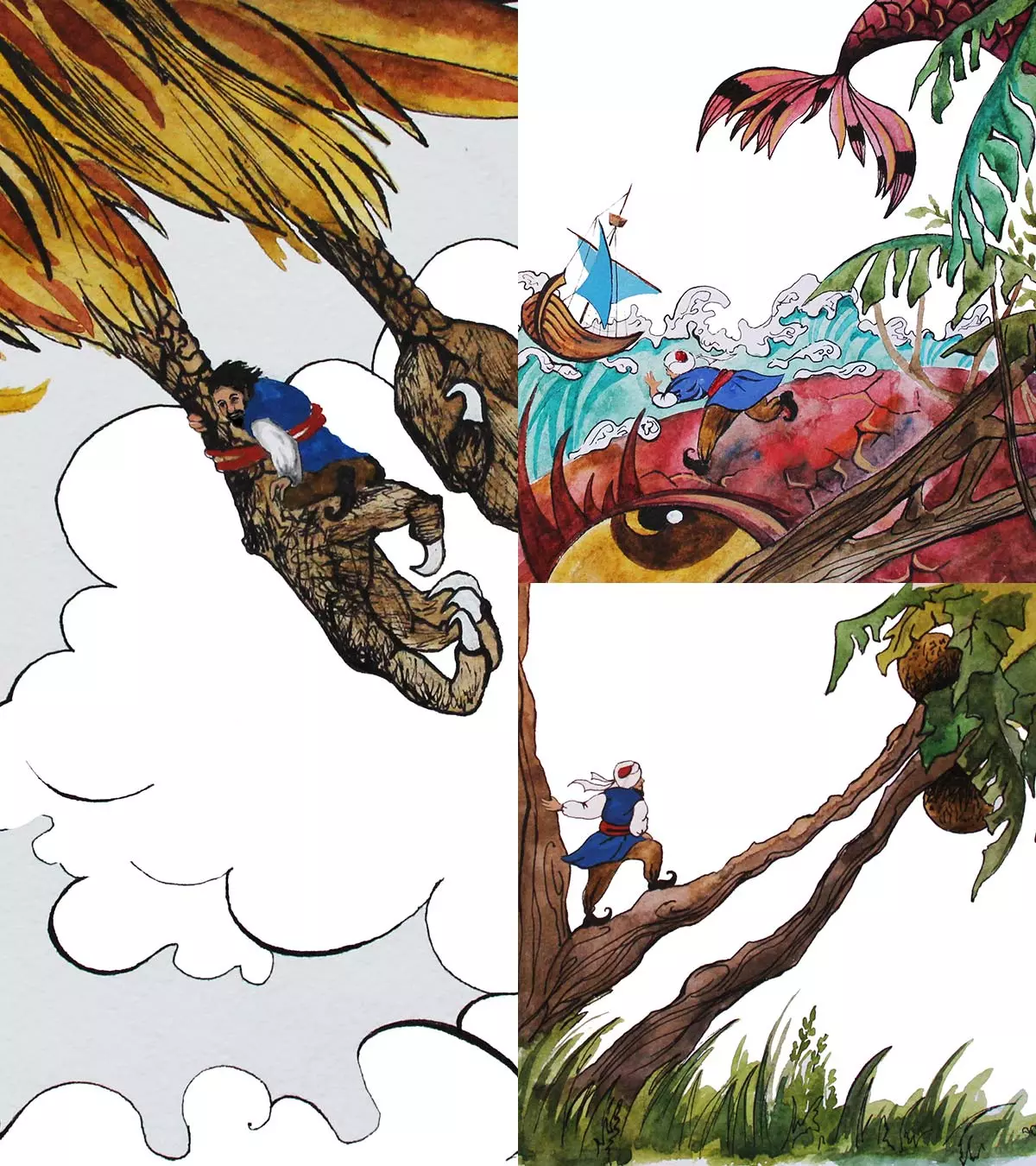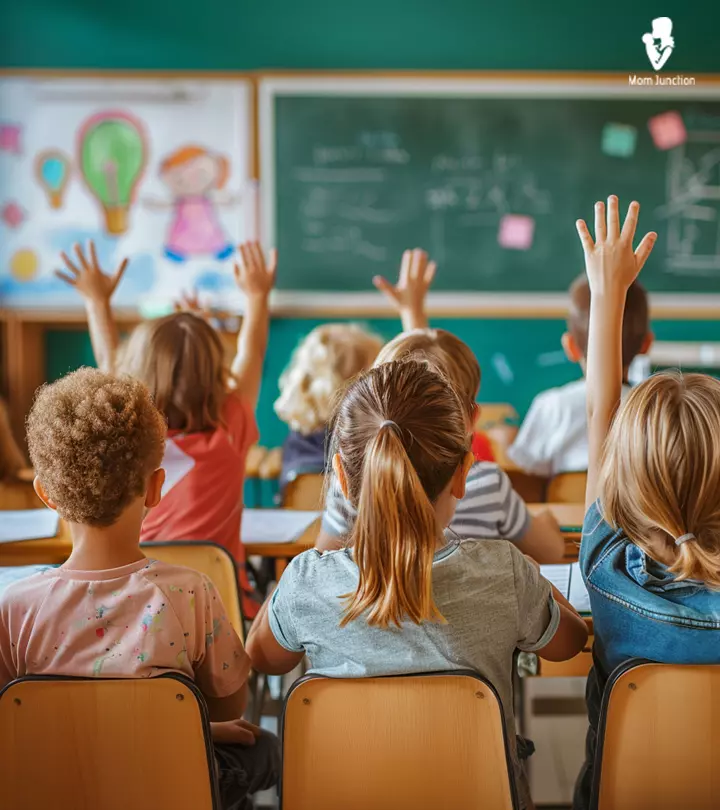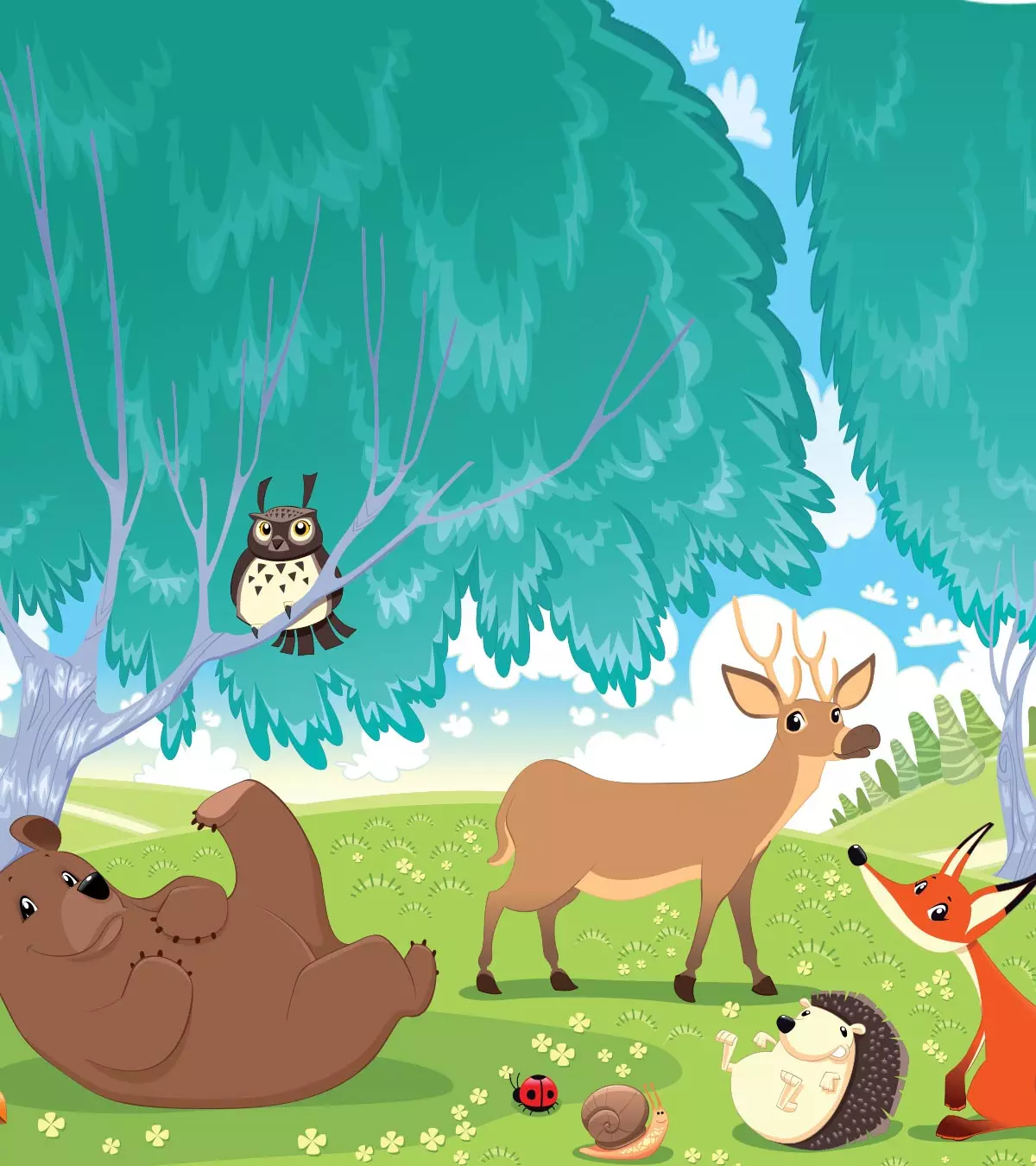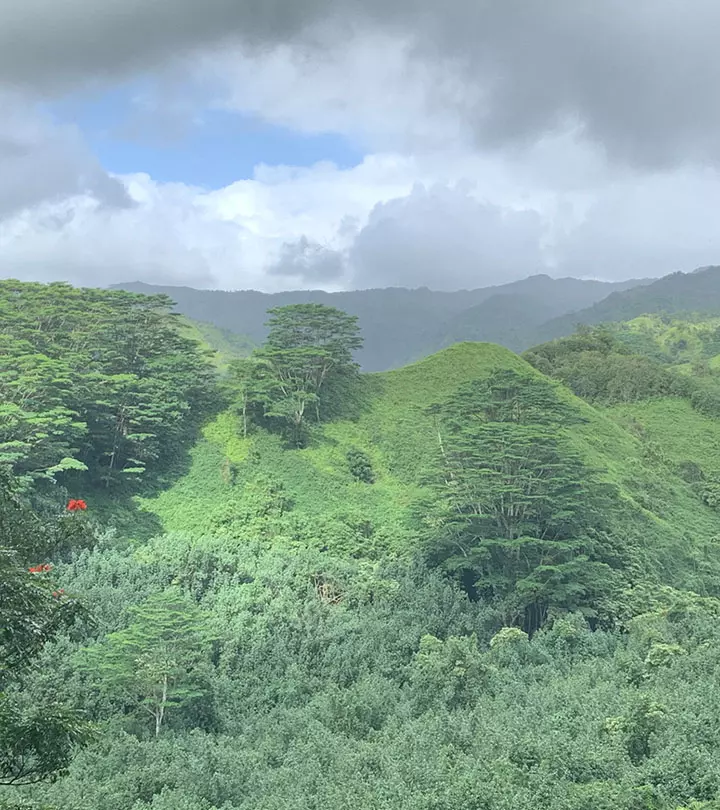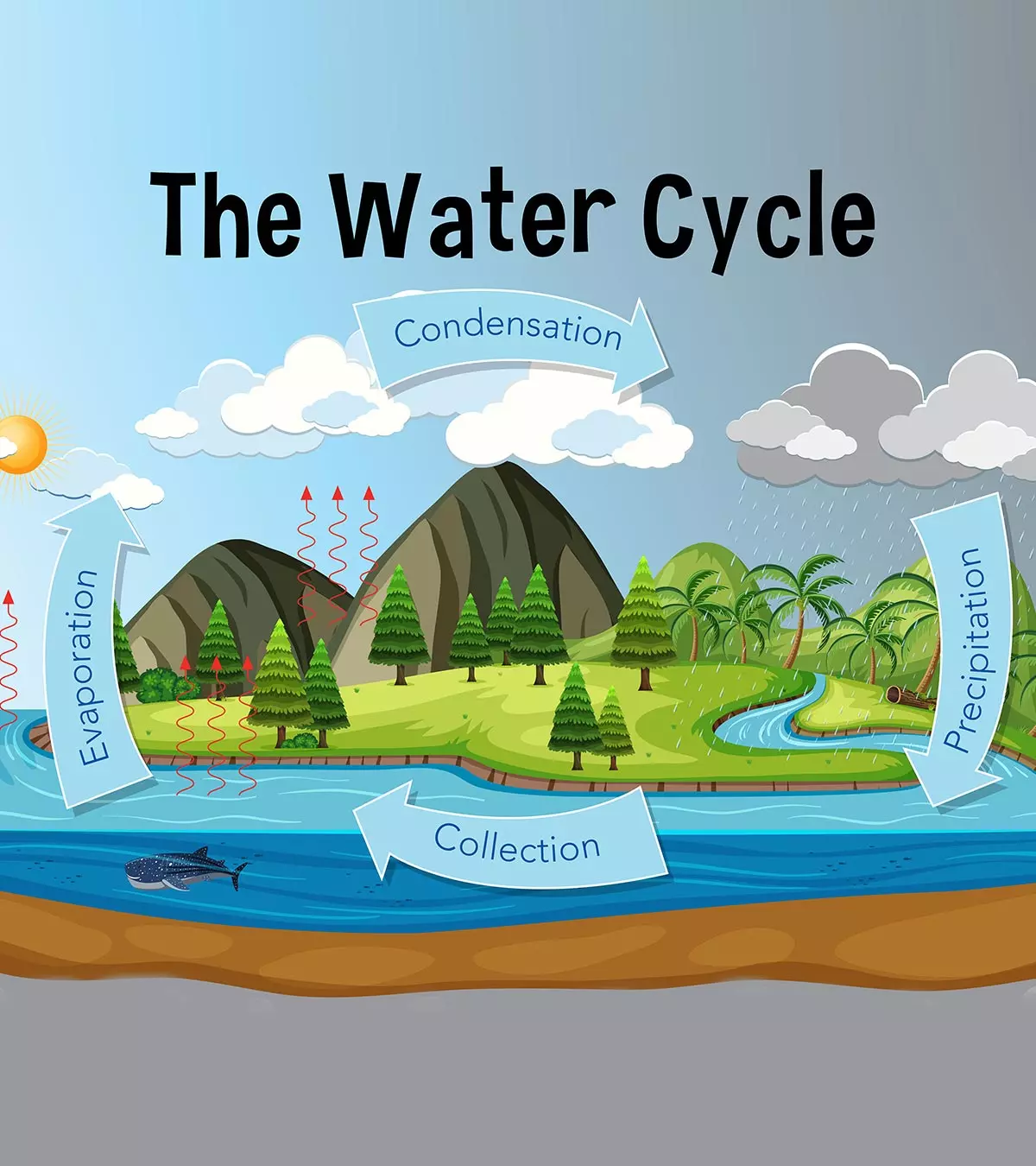
Image: Shutterstock
We know that water is a renewable resource without which life on Earth would be impossible.
But do you know that water has been recycled countless times to be where it is today? If not, you should check out some facts about the water cycle for kids.
The water cycle or hydrologic cycle is a natural process that refers to the continuous movement of water within the earth’s atmosphere. Understanding this cycle helps you learn about the different forms of water (solid, liquid, and gas) and how each form plays a unique role in maintaining the earth’s atmosphere. Understanding this cycle helps you learn about the different forms of water (solid, liquid, and gas) and how each form plays a unique role in maintaining the Earth’s atmosphere and in our daily lives, influencing weather patterns, agriculture, and the availability of fresh water.
To know more about water and the cycle it undergoes, read on. In this post, we share some interesting and fun facts about the water cycle with activities that will help your child understand it easily.
Key Pointers
- The four primary stages of the water cycle are evaporation, condensation, precipitation, and collection.
- The sun’s energy is the primary energy source for the water cycle.
- Some water cycle science experiments, such as evaporation filtration, can teach children in detail about the water cycle.
Water Cycle For Kids

Image: Shutterstock
Do you want to teach the steps of the water cycle for kids? They are explained here in a simple way. Refer to the above-given water cycle diagram for kids for a better understanding.
1. Evaporation
Evaporation occurs throughout the day, and it is something you would have witnessed. In this stage, water anywhere on the Earth’s surface, be it in oceans or rivers or even your swimming pool, “evaporates” or turns into vapor form. It naturally occurs faster when there is increased heat, direct sunlight, and lack of humidity. The water vapor formed is lighter than water in its liquid form and tends to rise upwards as the convection air currentsiA natural process of energy moving from one place to another due to heat transfer. carry it upwards.
 Did you know?
Did you know?2. Condensation
It is another phenomenon you can observe around you. If you take a cold bottle of water or a soda can from the fridge and put it outside, you’ll notice water droplets forming on the outside of the can or bottle. It occurs as the water vapor around the cold container cools down into condensed water. On a larger scale, this happens to evaporated water once it reaches a high altitude and begins to clump together to form clouds. Water condensation is also considered the reverse of evaporation.
3. Precipitation
It occurs when the evaporated water becomes dense and too heavy to stay in vapor form.
It is most commonly ‘released’ from clouds as rainfall. Depending on geographic location, weather conditions, and time of year, this precipitation can also take the form of snow, hailstones, or even sleet. While a portion of this evaporates back into water vapor form (and thus back into clouds) before it reaches the Earth’s surface, the majority comes back down to Earth in one form or another, thus completing the cycle of water back into a liquid or semi-liquid form.
4. Collection

Image: IStock
Any waterbody you see is the result of the water accumulation. The collection is when the product of evaporated, condensed, and then precipitated wateriCondensed form of water falling from the cloud to the earth. in the form of rain or snow comes back to the Earth and gets accumulated. A large portion of it will seep through the Earth’s surface and become part of the Earth’s groundwater, a crucial element to the water cycle as it is the source for many springs, wells, and rivers.
The water that doesn’t go into the ground is called surface runoff water, and it typically goes into lakes, rivers, oceans, and streams, refilling those sources of water. These form a major water source for different purposes, such as agriculture, industrial uses, and other vital tasks. The water will follow the laws of gravity to find the lowest point possible, flowing back into the oceans via rivers.
 Quick fact
Quick factFacts About The Water Cycle
Here are a few interesting facts about the water cycle that your children would like to know.
- The existing water on the planet has been there for millions of years. It gets recycled through the water cycle, predating humanity and likely any life on Earth.
- The water distribution on earth’s surface is uneven. About 70% of the Earth’s surface is water, 97% of it being saline (saltwater).
- The amount of freshwater is a mere 3% of the total water available for human consumption, out of which roughly 0.4% of water is drinkable.
- Out of the 3% of freshwater available to us, almost 70% exists in polar ice caps, leaving us with only 1% accessible in groundwater, streams, lakes, ponds, and rivers.
- There are groundwater reserves, deep under the ground, that have not entered the water cycle for thousands of years or more, instead of existing as natural reservoirs or aquifersiA layer of rocks or sediments that contain underground water and facilitate its flow. .
- The freshwater levels on Earth are steadily declining as polar ice caps are melting due to global warming, reducing the amount of freshwater available to us.
- Precipitation occurs in the form of snow, hail, sleet, or rain.
- The sun is the driving force of the water cycle.
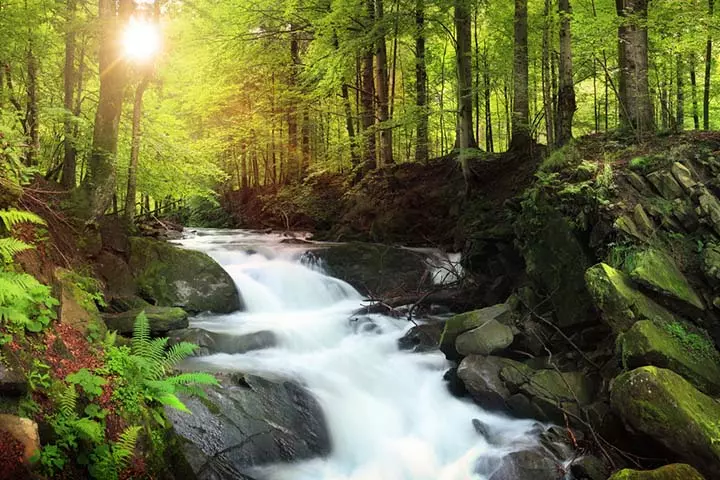
Image: IStock
- The flow of water can be used to generate kinetic energyiEnergy an object acquires through its motion. , thus leading to the generation of hydroelectric energyiEnergy (power) derived from the movement of water. from dams. It currently makes up 18% of all energy produced by humans.
- When exposed to a sustained lack of water, the environment can turn barren and eventually become a desert.
- Animals and plants adapt to environments where the water supply is less. Cacti has spines instead of leaves to lose less water via transpiration, and some reptiles and scorpions have different textured flesh and skin.
- Flood is a direct result of the ground becoming “oversaturated,” meaning it can no longer absorb water. Thus, leading to the water pooling on the surface and causing floods.
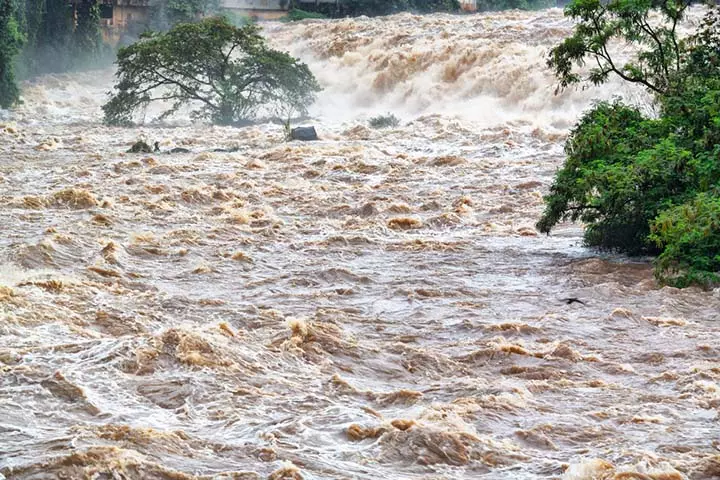
Image: IStock
- You cannot create or destroy water as it essentially changes forms and re-enters the water cycle in a different state.
- Rising sea levels due to global warming is a threat to humanity. It depletes our freshwater reserves in polar ice caps and causes floods across coastlines across the world.
- The presence of water, in any form, is an essential factor to make Earth a habitable planet.
- Water plays an important role in maintaining the Earth’s ecosystems, as it is essential for all living organisms and helps in nutrient cycling.
The Earth is also called “Blue planet” since almost 3/4th of its area is covered by water. The bar graph below shows that about 96.5% of Earth’s water is saline, while freshwater only covers 2.5%. Moreover, freshwater is further distributed as glaciers and ice caps, groundwater, and surface water to meet most of life’s demands.

Water distribution on, above, and within the Earth.
Source: Groundwater Storage and the Water Cycle; United States Geological Survey
Image: IStock
Water Cycle Activities For Kids
If you want to explain the water cycle to kids practically, help them perform these simple activities.
1. DIY Water Cycle

Image: IStock
You can recreate the water cycle on a small scale with simple objects from your kitchen. You will need a bowl, a small glass, and some plastic wrap.
- Start by filling half a bowl with water and place a glass in the middle of it.
- Cover the bowl with plastic wrap and seal it tightly.
- Show it to the children at this stage and then leave it in the sun for about an hour or two.
- You will find that the water in the bowl has begun to evaporate. It is evident by the reduced level of water in the bowl.
- You can then notice that the evaporated water has begun to condense, as you can see water droplets on the inside of the plastic wrap.
- Finally, you can see that the condensed water has started to become liquid and flows into the glass, filling it to some extent.
To make the evaporated water flow into the glass more efficiently, you can leave a small pebble or coin right above the glass and stuck to the plastic wrap. It will make the condensed water slowly drip into the glass instead of falling back into the bowl.
And there you go! You’ve just recreated the water cycle inside a bowl.
2. Filtering Through Evaporation
It is another simple experiment that shows how water is filtered when it evaporates. You will need a ziplock bag, a dropper, some water, and food color.
- Use a dropper to pour a small amount of water into the bottom of the ziplock.
- Add a few drops of food color before you seal it.
- Use a marker to mark the level of water on the outside of the bag.
- Now, hang the ziplock in the sunlight, and leave it for an hour or so.
- Children can observe three things from it. Firstly, the water level at the bottom of the ziplock would reduce below the mark, indicating it’s evaporated.
- Secondly, they will notice water droplets towards the top and middle of the ziplock bag showing where the evaporated water went and began to condense.
- Thirdly, and perhaps interestingly, they will notice that the condensed water droplets are clear and transparent, unlike the colored water that evaporated from the bottom of the ziplock, indicating that it is naturally filtered to a certain degree during the evaporation process.
 Point to consider
Point to consider3. Simulating Rainfall
It is another easy water experiment for kids that shows condensation turning into precipitation using a visual aid. For this, you will need water, a dropper, two glasses, food color, and shaving foam.
- Fill one-third of the glass with water and a layer of shaving foam on the top. This foam represents your “cloud.”
- Next, mix some food color and a bit of water in another glass. Using a dropper, add the colored water on top of the foam in the other glass.
- Initially, the colored droplets will settle on the foam. Once you add enough, they start moving through the foam and sink into the water. Be careful to add these drops slowly; else, they’ll make a hole in the foam or “cloud” layer.
- Once the colored water becomes too heavy for the foam to hold, it will start to sink into the water, simulating raindrops falling from clouds when they become too heavy to stay in vapor form.
Frequently Asked Questions
1. What is the most important part of the water cycle?
Oceans play an important role in the water cycle. The oceans host 97% of the water, and nearly 78% of precipitation occurs on the surface of the oceans (1). However, the other parts of the water cycle are vital as well. Each phase of the cycle is dependent on the other. To complete the cycle, the contribution of all the elements (sun, water) and phases is important.
2. How can we protect the water cycle?
Protection of the water cycle is essential as water is a limited resource. Prevent water pollution by reducing the contaminants entering the water bodies or air as much as possible. It would also be helpful only to use water as required and reduce water wastage. Educate your communities about the importance of water conservation and water management and promote water recycling. It involves implementing policies, strategies, and activities aimed at ensuring the sustainable use of water resources.It emphasizes the importance of water sustainability. Implement strategies in your localities for rainwater harvesting (2).
3. What tips can parents give to their kids to help them understand the water cycle?
Parents can encourage children to perform hands-on activities that teach children about the water cycle. Moreover, they can take their children to places with natural water bodies or involve them in water-related science experiments for kids to show them how the water cycle works in nature.
4. How does the water cycle help to keep the environment healthy?
The water cycle helps in getting water to plants, animals, and humans as it precipitates into lakes, rivers, or streams. It also circulates essential nutrients and pathogens in and out of the aquatic ecosystems (3).
5. What happens when the water cycle is disrupted?
When the water cycle is disrupted, evaporation decreases, leading to lesser precipitation and rainfall. Less rainfall can lead to a decrease in groundwater levels and water shortage. Ultimately, crops, plants, and animals can be adversely affected by severe water shortages.
6. What is the difference between the water cycle and the hydrologic cycle?
There is no difference between the two, as the water cycle is sometimes called the hydrologic cycle and vice versa. Both describe the movement of water from the ground to the atmosphere and back to the ground.
7. What are the common misconceptions about the water cycle?
There are several misconceptions about the water cycle. For example, it is wrongly believed that the water cycle only contains rain and snow, rain falls when clouds are overfilled with water, the water cycle includes freezing and melting of water, the evaporation of water only occurs due to the sun, and many more. All these misconceptions may be cleared through the knowledge of the water cycle process (4).
8. Is transpiration a part of the water cycle?
Water transpiration is the process through which plants absorb water from the soil through their roots, transport it through the xylem to the leaves, and release it into the atmosphere as water vapor. This vital physiological mechanism is integral to a plant’s water regulation and nutrient transportation. As water moves upward through the plant, a portion is expelled through stomata on leaf surfaces, cooling the plant and maintaining turgidity. Transpiration plays a key role in the water cycle, affecting factors like humidity and precipitation (5). It exemplifies the interconnectedness of plants with their environment, contributing to both their health and broader ecological processes.
9. What is the importance of the water cycle?
The water cycle is essential for sustaining life on Earth, as it ensures a continuous supply of fresh water for ecosystems, agriculture, and human consumption. By regulating climate, the water cycle balances temperatures globally, preventing extreme weather conditions. It also supports agriculture, providing the necessary water for crops and livestock, which is crucial for food production. Furthermore, the water cycle replenishes groundwater and surface water sources, maintaining rivers, lakes, and aquifers that serve as habitats and resources.
The water cycle is an important phenomenon of nature that we get to experience regularly. You can use this post on water cycle facts for kids to explain to them its importance, benefits, and how it functions. The interesting facts about the water cycle will also intrigue your child and spark an interest in the various similar phenomena of nature that happen every day. Teach your child to take care of nature and keep their surroundings clean to have a happy and healthy nature.
Infographic: Humans And The Stages Of Water Cycle
There are four stages in a water cycle. Each stage contributes to completing the water cycle and plays a crucial role in other environmental aspects. This infographic explains how human activities affect the water cycle and the long-term consequences of these actions. Illustration: Momjunction Design Team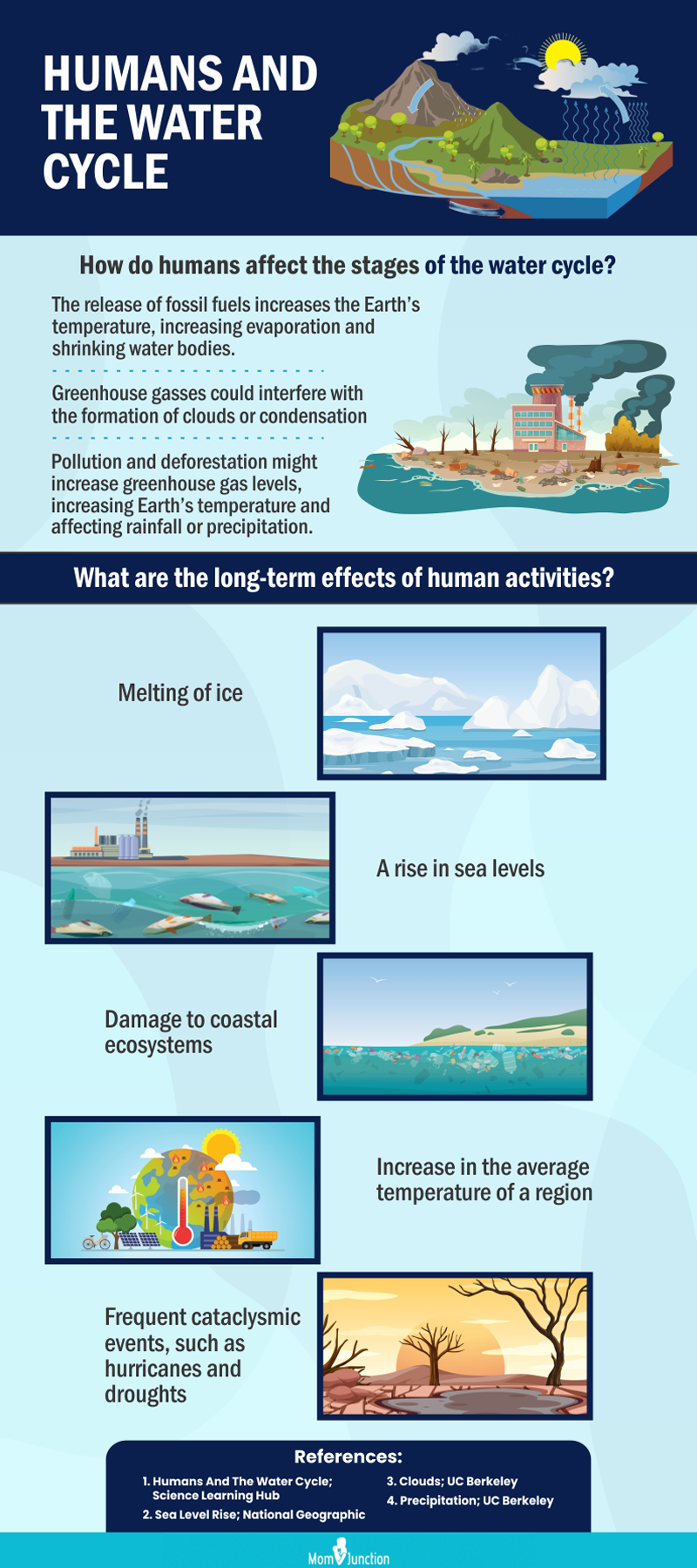
Illustration: Facts About Water Cycle For Kids And Activities To Do

Image: Stable Diffusion/MomJunction Design Team
Let your kids know some fascinating facts about the significant water cycle which helps to maintain the Earth’s balance. Explore some important facts about the water cycle in this video that is entertaining as well as educational.
References
- Water Cycle;
https://science.nasa.gov/earth-science/focus-areas/climate-variability-and-change/ocean-physics/ - Getting Up To Speed: The Water Cycle and Water Conservation;
https://www.epa.gov/sites/default/files/2015-08/documents/mgwc-gwa1.pdf - Hydrologic cycle as an ecological function;
https://kingcounty.gov/en/legacy/services/environment/water-and-land/shorelines/about/shoreline-ecology/hydrologic-cycle.aspx - Osman Cardak; 2009; Science Students` Misconceptions of the Water Cycle According to their Drawings;
https://www.researchgate.net/publication/26594780_Science_Students_Misconceptions_of_the_Water_Cycle_According_to_their_Drawings - Hydrologic Cycle;
https://education.nationalgeographic.org/resource/hydrologic-cycle/
Community Experiences
Join the conversation and become a part of our nurturing community! Share your stories, experiences, and insights to connect with fellow parents.
Read full bio of Beth Sullivan
Read full bio of Bharathi V
Read full bio of Harshita Makvana
Read full bio of Kavita Kankani





